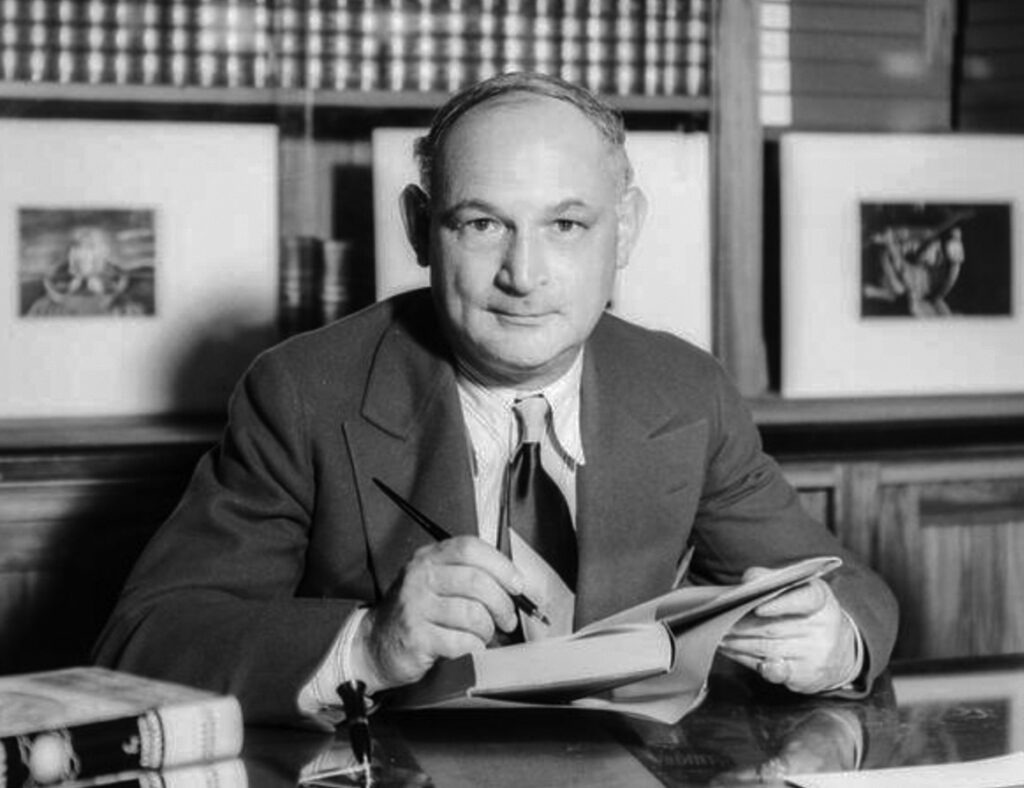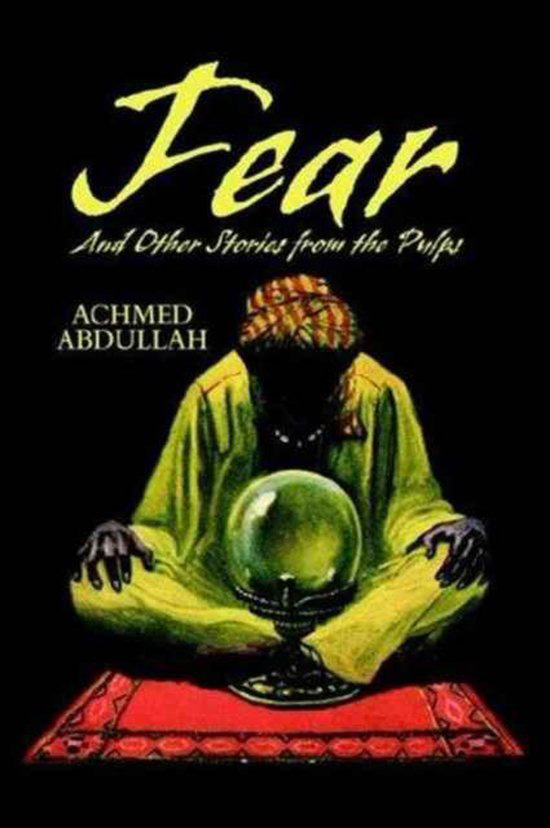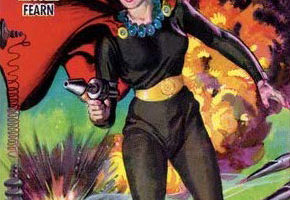Another unusual pulp author is Achmed Abdullah (1881–1945), the pseudonym (or is it?) of Alexander Nicholayevitch Romanoff (his legal name).

He wrote from 1912 until his death for the pulps in all the major magazines: Argosy, Blue Book, All-Story, etc., but also for several slick magazines like Red Book, Cosmopolitan, and Liberty. They are adventure, crime, and mystery stories, set in a variety of places in Africa, the Middle East, Chinatown, and more often making use of Orient and Middle Eastern cultures.
He also wrote screenplays for several movies, including getting an Academy Award nomination for collaborating on the screenplay to the The Lives of a Bengal Lancer (1935), and he co-wrote the screenplay and wrote the novelization of the silent movie The Thief of Bagdad (1924). Many of these works were collected in books at the time.
His background is, well, interesting. We are told that he was born in Yalta, Russia (though another claims Malta, but maybe someone got confused?). His father was Grand Duke Nicholas Romanoff a (supposed) second cousin to Russian Czar Nicholas Romanoff; his mother was Princess Nourmahal Durani of the Durrani dynasty of Afghanistan, which ended in 1856. His parents divorced when he was young, and he was raised by his maternal grandparents (most sources claim it was an uncle). While he was born a Russian Orthodox, he was raised as a Muslim, and his Muslim (or Afghan) name was Achmed Abdullah Nadir Khan el-Durani el Iddrissyeh. But he was apparently a devout Catholic for most of his life.
He was sent to England at age 12 to be educated at Eton; then to Oxford University, after which he joined the British Army rising to the rank of colonel. He served in India, Afghanistan (Khyber Pass), Tibet, China, Turkey, and in Africa. He traveled widely throughout Russia, Europe, China, Africa, and the Mideast, and spoke many languages and dialects. Was made a British citizen by an act of Parliament(!). At some point, he earned a doctorate from the College of El-Azar, Cairo, in Quranic studies.
Emigrated to the U.S. early 1910s, though I don’t know when he became a U.S. citizen. Apparently on his Social Security application, however, he gave his father’s name as “Jor. D. Khan” and his mother’s name as “Nurmalal Tarmarlan.” And in a 1930 census report said both his parents were born in Afghanistan.
And at this point, I should point out that except for the info on his Social Security application, none of the above has been verified. If his father is part of the Romanoff family, he is unknown. That seems very unlikely. There is no evidence he went to Eton or Oxford, nor of his military service. No idea about the doctorate from Cairo. So is he yet another pulp author who exaggerated his past? He did have a daughter. Did he ever reveal anything to her about his past? Wonder if she or a descendant could be DNA tested. What might that reveal?
What can be said is he was a popular author of his time, wrote stories, novels, plays, and movie scripts, and had published novels and collections — over 30.
And if you wish to read his works, there are several reprints available. His collection Wings: Tales of the Psychic (1920), considered some of his best writings, is available from Pulpville Press.
 Wildside Press has several collections such as Alien Souls (1922), The Honorable Gentleman and Others (1919), The Thief of Bagdad (1924) and more, including a special issue of Adventure Tales #5. They have a new collection edited by Darrell Schweitzer, Fear and Other Stories From the Pulps.
Wildside Press has several collections such as Alien Souls (1922), The Honorable Gentleman and Others (1919), The Thief of Bagdad (1924) and more, including a special issue of Adventure Tales #5. They have a new collection edited by Darrell Schweitzer, Fear and Other Stories From the Pulps.
I do wish his autobiography was in print. And I see that Peter Ruber et al have the beginnings of a bibliography of him. I really wish someone would do a more critical examination of his background. It gets a bit tiresome that many seem to parrot his bio without providing evidence one way or another as to its accuracy. Or even give a little skepticism to it all.
So Fear and Other Stories From the Pulps brings together seven stories published from 1917 to 1921 from four (or is it five?) different pulp magazines. We also get an intro from Schweitzer that sadly repeats what we are told about Abdullah without saying there is nothing backing it up. I’m not sure of the source of the cover artwork, but it’s appropriately atmospheric. Be advised there are other collections with similar titles. In fact, for some reason, Amazon has linked the hardback version from Wildside with a paperback edition by another publisher with a different set of stories.
A longer novelette, “A Charmed Life” (All-Story Weekly, Sept. 12, 1917), is, we are told, a “true story” of a Bostonian who sees a beautiful woman in danger in Calcutta, risks all to rescue her.
“Framed at the Benefactor’s Club” (Detective Story Magazine, April 16, 1921) is a mystery novella set in Manhattan, centered around the titular group. A young man down on his luck reached out to an old college buddy who is back in town after years of traveling and who has built up a successful business. He looks for a job but doesn’t have any real skills. And his friend tells him he’s the sort of person who waits for something to happen rather than go and get what he wants. So he recommends he visit a certain address in Manhattan. Things start off after he is framed for a murder!
A sinister tale set in L.A.’s Chinatown, “The Yellow Wife” (Munsey’s Magazine, July 1919) focuses of the second wife of a prosperous Chinatown businessman who provides her husband with his first son. And thus has done her wifely duty.
Set in Africa, “Bismallah!” (Argosy-All-Story Weekly, June 11, 1921) is a novelette that tells of the rivalry between two trading companies. One a partnership between an American Scot and a Damascus Arab who have built up their company over two decades. The other is a Belgium-based conglomerate that isn’t averse to deadly dealings. Who will win out?
“Light” (All-Story Weekly, May 18, 1918) is a short supernatural tale set in New York City’s Tompkin Square. What is behind the lighted window?
Set in Afghanistan, in “A Yarkand Survey” (The Argosy, July 20, 1918), a corrupt governor is faced with the task of surveying a river. Personally. Can he do so without putting himself at too much risk?
Finally, the title story, “Fear” (Detective Story Magazine, Feb. 14, 1919) is set in Africa and centers around a pair of English adventurers who make the mistake of disrespecting a native fetish. They must decide which one will pay. But in the end, both do, as you will find out.
This is a good collection as it shows the breadth of Abdullah’s stories. I would also recommend the fifth issue of Adventure Tales as well, which contains two stories from him. I hope to get a few more collections of his works at some point and will be reviewing them here.



